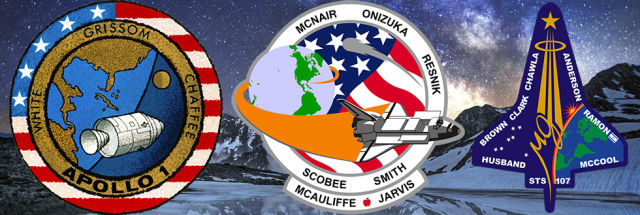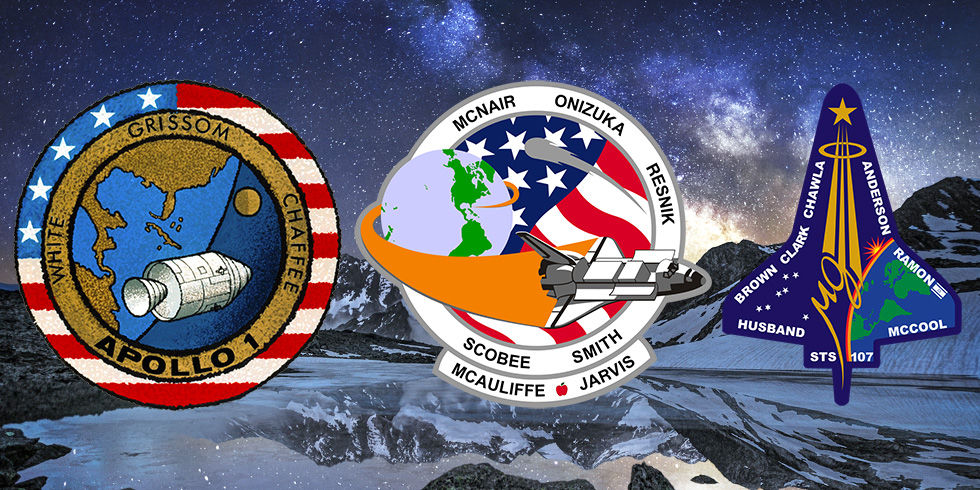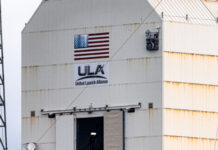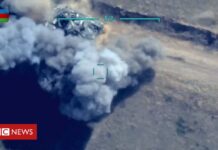

Aurich Lawson
Columbia disaster. Those both in the space industry and those watching have long realized and acknowledged the inherent risk in reaching the heavens (“The conquest of space is worth the risk of life,” as
Gus Grissom once famously said). But events like this provide a somber reminder. In light of three recent days of NASA remembrance—January 27, January 28, and February 1—we’re resurfacing our look at these tragedies and the astronauts lost. This post originally ran on January 28, 2016, and it appears unchanged below.
The middle of winter is a somber time of year for the spaceflight community. The three worst tragedies of NASA’s manned space program fall within just six days on the calendar, from January 27 to February 1: Apollo 1, less than three years before Armstrong and Aldrin walked on the Moon; Challenger, watched live by millions around the world; Columbia—like Challenger before it, an avoidable accident rooted in NASA’s internal culture.
-
The prime crew of Apollo 1, Virgil I “Gus” Grissom, Edward H. White, II, and Roger B. Chaffee, during training in Florida.
NASA -
Grissom, seen here in one of the Mercury pressure suits, could have been the first man to walk on the Moon.
NASA -
Ed White was the first American astronaut to spacewalk, on June 3, 1965.
-
Roger Chaffee never made it into orbit. He’s seen here in Mission Control during the flight of Gemini 3, March 1963.
NASA -
Portrait of the Apollo 1 prime crew for first manned Apollo space flight. From left to right are: Edward H. White II, Virgil I. “Gus” Grissom, and Roger B. Chaffee.
NASA -
Launch complex 34 is now the Apollo 1 memorial. Seen here with a Delta IV rocket in the background.
-
The Space Mirror Memorial at Kennedy Space Center. Grissom, White, and Chaffee’s names are to the lower right.
NASA -
The Apollo 1 crew during training, January 1967.
NASA
Apollo 1: January 27, 1967
The loss of the Apollo 1 crew (along with the spacecraft) several weeks before its intended launch date was a severe setback for America’s lunar ambition. Apollo 1 was supposed to carry Gus Grissom, Ed White, and Roger Chaffee into low Earth orbit on February 21, 1967, the first launch in a series that would culminate in a pair of American astronauts walking on the Moon’s surface in July 1969. Instead, all three suffocated when fire broke out in the Command Module during what was thought to be a low-risk test.
Both Grissom and White had been into space before; Grissom was one of the original Mercury Seven, White was one of NASA’s second wave of astronauts—recruited for Gemini—which saw him become the first American to walk in space. Chaffee was part of NASA’s third astronaut intake, and Apollo 1 was to be his first mission.
The accident occurred on January 27 during a test that involved the Apollo spacecraft running on internal power. Grissom, White, and Chaffee were strapped in and sealed into the command module. It’s thought there was a spark from one of the myriad exposed wires which quickly turned into a fire, helped no end by the oxygen-enriched environment. The pressurized atmosphere (16.7psi, 2psi above ambient) inside the spacecraft held the capsule’s inward-opening hatch in place, and it was not designed to be removed quickly. The fire prevented the astronauts from trying to vent the capsule’s atmosphere. Even if they had, the system would not have coped with pressures that quickly reached 29psi.
The subsequent inquiry found much that needed remedying before any more manned Apollo fights were attempted. NASA would no longer send astronauts into space in pure oxygen environments, and many flammable materials were switched out for more suitable substitutes. New “Block II” Apollo Command Modules would have hatches that could be blown open in seconds, along with design changes that covered exposed wiring and corrected many wiring faults. Six subsequent Apollo missions landed safely on the Moon and returned to earth.
-
Close-up view of the liftoff of the Shuttle Challenger on mission STS-51L taken from camera site 39B-2/T3. From this camera position, a cloud of grey-brown smoke can be seen on the right side of the Solid Rocket Booster (SRB) on a line directly across from the letter “U” in United States. This was the first visible sign that an SRB joint breach may have occurred. Though it was concluded that the G-forces experienced during orbiter ejection and break-up were survivable, impact with the ocean surface was not. Tragically, all seven crewmembers perished.
NASA -
The STS-51L crewmembers are: in the back row from left to right: Mission Specialist Ellison S. Onizuka, Teacher in Space Participant Sharon Christa McAuliffe, Payload Specialist Greg Jarvis, and Mission Specialist Judy Resnik. In the front row from left to right: Pilot Mike Smith, Commander Dick Scobee, and Mission Specialist Ron McNair.
NASA -
Assigned STS-51L mission crew members, and a backup, are pictured at Ellington Air Field following brief flights in NASA’s T-38 jet trainers. Left to right are Barbara R. Morgan, Michael J. Smith, an unidentified visitor, S. Christa McAuliffe, and Francis R. (Dick) Scobee. Morgan is serving as backup to McAuliffe’s payload specialist position, as Teacher-in-Space Project representative on the flight. Scobee and Smith are commander and pilot, respectively, for NASA’s 25th STS flight.
NASA -
Astronaut Judith A. Resnik in her office at the Johnson Space Center (JSC). Resnik is taking a break from training for her upcoming space mission.
NASA -
Astronauts Gregory Jarvis, left, and L. William Butterworth take a breather from training activities in Johnson Space Center’s (JSC) shuttle mock-up and integration laboratory. Jarvis and Butterworth, both Hughes Co. payload specialists, were originally assigned as payload specialists to STS-51D but were reassigned to STS-51L.
NASA -
Astronauts Ronald E. McNair (left), mission specialist, and Michael J. Smith, pilot, talk about their upcoming space mission in JSC’s astronaut office.
NASA -
In this image taken moments before Challenger‘s disintegration, burn-through from the failing O-ring is clearly visible. The plume of propellent extended horizontally from the site of the failure, puncturing the external tank.
NASA -
NASA -
The names of Challenger‘s crew on the Space Mirror Memorial, bottom left.
Challenger: January 28, 1986
With Kennedy’s moonshot done and dusted, public enthusiasm for space exploration waned. By the mid-1980s, Space Shuttle launches had begun to make spaceflight seem routine. So routine in fact that STS-51-L would carry a school teacher named Christa McAuliffe into space, an attempt to rekindle STEM enthusiasm among the youth of America.
Over the years, NASA’s safety-first culture—which followed the Apollo 1 fire—had also waned. Engineers knew of design flaws, like the O-ring gaskets used in the Solid Rocket Boosters that became dangerously brittle below 40 degrees Fahrenheit/4 degrees Celsius. But the management culture was not receptive to such warnings, nor to entreaties that would delay launches. McAuliffe’s presence on Challenger meant this launch had a higher profile than normal, with thousands of schools across America watching the live broadcast on NASA TV.
Despite unusually cold temperatures that morning, the launch went ahead as normal. 73 seconds later, Challenger broke up high over the Atlantic Ocean. As predicted, a cold and brittle O-ring seal had failed inside one of the two SRBs. A jet of superheated rocket exhaust erupted from the side of the rocket, in turn causing a failure in the attachment point between the rocket and the Shuttle’s external fuel tank. Aerodynamic forces acting at supersonic speeds did the rest.
The inquiry that followed the loss of Challenger and her crew found much wrong with NASA’s internal culture. The Shuttle fleet was grounded for almost three years before returning to orbit in September 1988.









